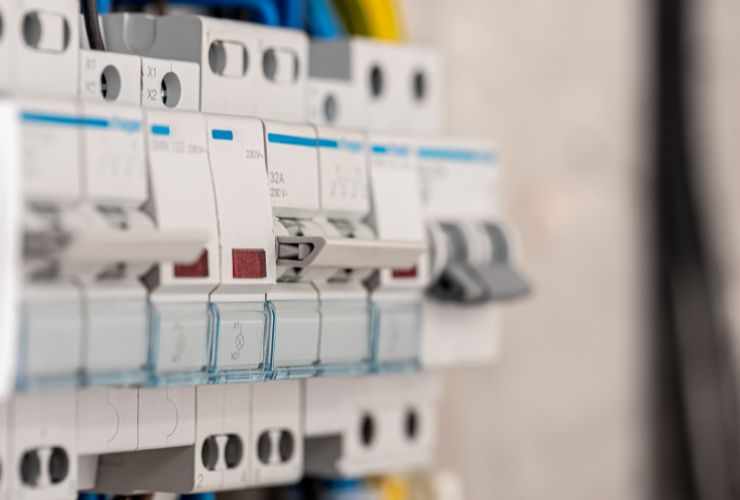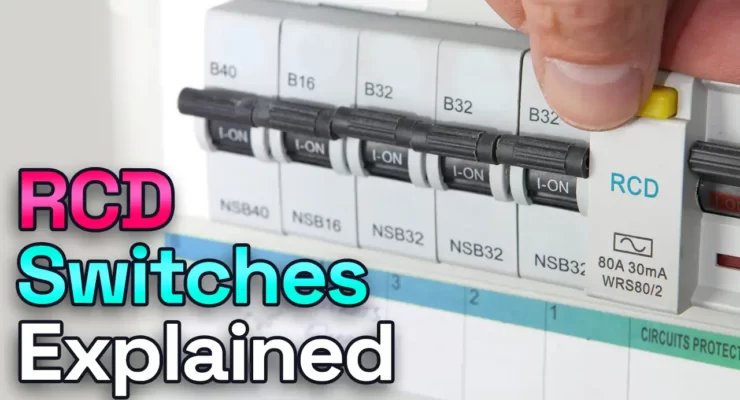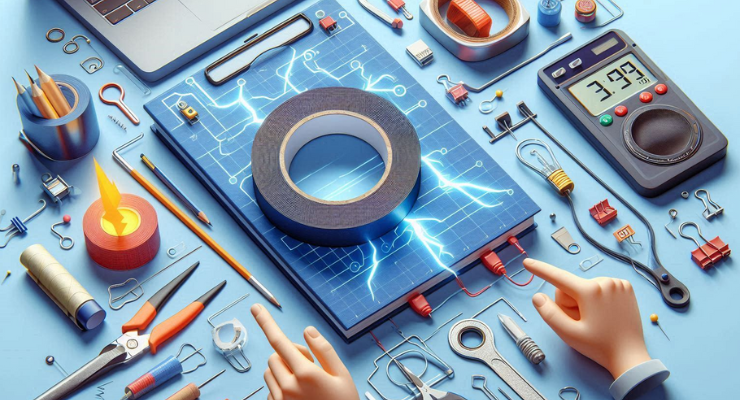Fast read
RCDs (Residual Current Devices) are tools that can save lives. RCDs, also known as Residual Current Devices, are tools that can save lives. They are designed to prevent severe electrical shocks.
RCDs also reduce the risk of electrical fires by cutting off power instantly during an electrical fault. They monitor and balance electrical currents and act swiftly if any imbalances, indicating potential danger, are detected. Various types of RCDs include:
- Fixed RCDs: located in fuse boxes, safeguarding multiple power circuits.
- Portable RCDs: attached to extension leads, movable, and protect the user.
- Powerpoint RCDs: installed directly on power points to protect specific appliances.
With a reliability rate of 97% and a lifespan exceeding 10 years, RCDs are highly effective. They've been mandatory in new homes for the last two decades, but older homes can benefit from retrofitting. Regular testing every three months ensures optimal performance.
How do RCD switches work?
An RCD switch which stands for Residual Current Device is a life-saving electrical device created to prevent humans from getting critical electrical shocks when touching a live electricity source.
RCDs offer protection that traditional fuses and circuit breakers can’t. They work by cutting off power when there is an electrical fault, preventing serious damage. So how do they work, and should you get one?
RCD switches work by constantly monitoring and regulating the number of electrical currents flowing through wires in different electrical equipment. In general, there should be an equal amount of electricity passing through two wires. But when there is an electrical glitch, an imbalance is created between the electricity flows. The RCD switch detects this abnormality, and the power is immediately cut off.
Furthermore, suppose it detects a flow of electricity down an unintended path, for example, through a person who has come into contact with a live wire. In that case, the RCD switch will again immediately switch off the circuit. This significantly reduces a person’s risk of injury or death.
In general, RCD switches are sensitive protective devices that turn off the electricity if there is an electrical fault. It should also be noted that to have RCDs fitted or test if an RCD switch is working properly. You would need to hire a licensed electrician to run some tests to see if the installed RCD works safely as intended.
Many people don’t realise that there are several different RCD switch types. So, let’s consider what would suit your situation best if you are considering purchasing one.
Fixed RCDs
This electrical equipment is in your fuse box, protecting one or a group of electrical circuits. They are considered the safest option since they can protect all the electrical wiring. As well as the outlets on a circuit and any connected appliances.
Portable RCDs
These RCDs are commonly attached to power supply boards and extension leads but can be plugged into any socket outlet. As the name suggests, they can be easily transferred from one outlet to another and only protect the person in contact with equipment.

Powerpoint RCD Switches
As you can guess, these RCD switches are installed on a PowerPoint. They are more commonly used to protect electrical appliances in riskier locations. Such as the bathroom, and one RCD can be used to protect a number of appliances from the risk of an electrical fault.
With a lifespan of 10 or more years, they are considered highly reliable, with a 97% accuracy rate.
Suppose you have RCD switch protection in your home. In that case, you are significantly reducing the risk of any electrical shock to you or your family and decreasing the chances of an electrical fire occurring in your home.
While they do reduce the risk of injury and death, they do not reduce your need to be careful. This means you should still have your wiring checked at least once every ten years. You must also remember that your RCD switches can be tested and it is recommended you do so every three months, ensuring the highest electrical safety in your home.
In Summary
While relatively cheap to install, they serve an important purpose to protect you in case any electrical emergency occurs via overloaded or damaged equipment. RCDs have been mandatory for the past 20 years to be installed in new homes. However many older homes would benefit from upgrading their switchboards and having RCDs on every electrical circuit. RCD switches can come in several styles and models, such as the ones fitted to meter boxes and switchboards, in power points and portable RCDs.



